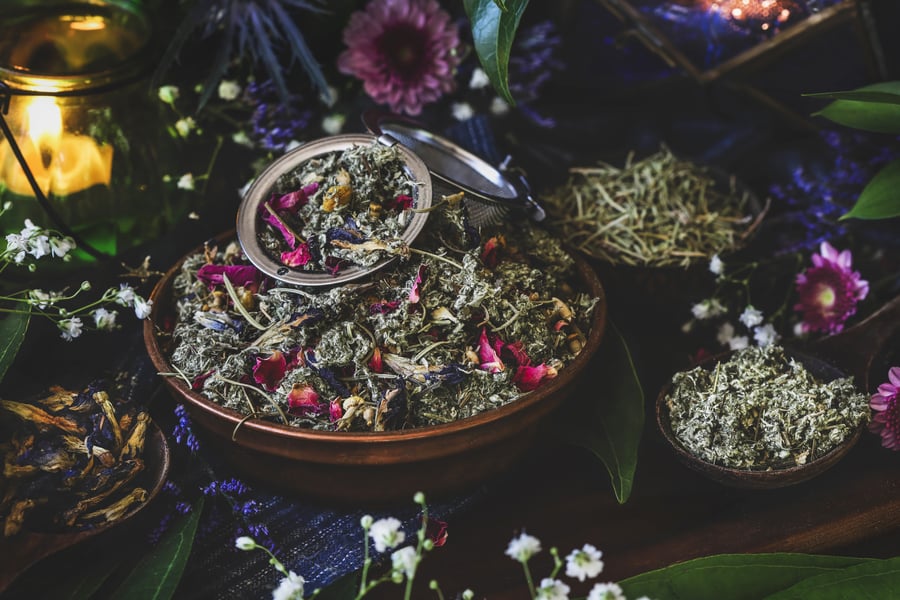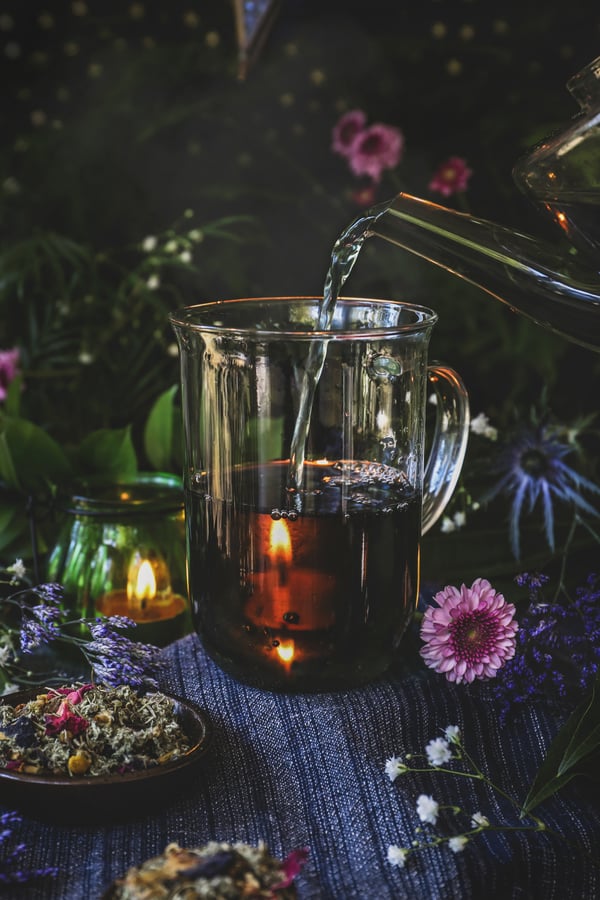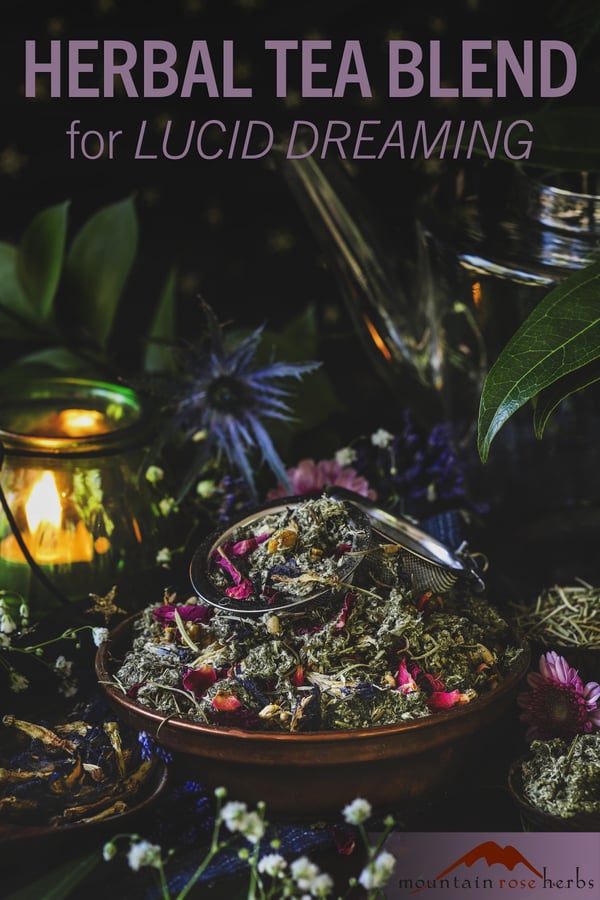In modern Western culture, people often disregard dreams as mere fluff that our brains discard as we slumber. But throughout history and cultures, humans have valued dreaming in different ways. Dreams are seen as a door or bridge to the spirit world or the subconscious. They are often full of symbology from our lives, become outlets for our deepest concerns and fears, or offer us tools for self-reflection and a map to our current state of mind and heart. Although we can dream at any stage of sleep, our most vivid dreams occur during our REM (rapid eye movement) sleep cycle, so depending on how well we sleep, we may spend more than two hours each night in some form of dream state. Sleep researchers tell us that deep non-REM sleep rests our bodies and refills our tanks to start another day and REM sleep is crucial for dreaming, memory consolidation, emotional processing, and healthy brain development.
Sleep comes in two categories: REM and non-REM, and we often cycle between them throughout the time we are sleeping, starting with non-REM and then a period of REM, and then back to non-REM, etc. During the REM cycles, our brain activity and heart rate increase to a more wakeful state, our eyes move from side to side, and our breathing becomes faster and more irregular. This cycle is when we have the most vivid dreams and is also when our amygdala—the part of our brain that processes emotions—is activated. During REM sleep, our brains process emotions as well as new things we’ve learned and also sort through what to do with that information: commit it to memory, set it aside for later, delete it entirely, etc. Additionally, there is a link between REM sleep and brain development, which explains why babies spend so much more time in REM sleep than adults.
In so many ways, it behooves us to support a healthy, full sleep, complete with the vivid REM dreams that help our minds sort through emotions and memories (and discard fluff along the way). Happily we know from centuries of use that our herbal allies can help.
The herb that is perhaps best known for supporting healthy dreaming is mugwort (Artemisia vulgaris). Among its many uses, Mugwort has been used traditionally in formulations meant to address situational stress and to promote sleep, but is particularly celebrated for its impact on dreaming. It is classified as an herbal oneirogen (from the Greek ὄνειρος óneiros meaning "dream" and gen "to create”), which is a plant that produces or enhances dreamlike states of consciousness. It is said to support lucid dreaming and increase clarity and awareness when we wake so we remember our dreams better. People use mugwort leaves for this purpose in tea, tinctures, and smoking blends and hang bundles of mugwort above the bed or put the herb under their pillows to stimulate vivid dreams and access the unconscious psyche.
The following tea blend recipe blends mugwort with other balancing herbal allies that support healthful rest, openness, cerebral activity, and memory to enliven your dreamscape and emotional processing.
Tea Recipe for Lucid Dreaming
Makes one 8 oz. cup.
Ingredients
- 3 parts organic mugwort
- 2 parts organic chamomile flowers
- 2 parts organic butterfly pea flowers (optional, but adds lovely color)
- 1 part organic lemon balm
- 1 part organic rose petals
- 1 part organic rosemary leaf
- 1 part organic spearmint leaf
Directions
- Combine herbs in a bowl and gently toss together.
- Store in an airtight container away from sunlight and heat until ready to use.
To Make Tea
- Bring 1 cup water to a near boil, about 180- 200° F. (A full boil is also fine.)
- Fill a reusable tea infuser, cotton tea net, or a disposable tea filter with about 1 Tbsp. herb blend. Alternatively, put the herb blend directly into a cup and plan to strain herbs out after.
- Pour water over tea blend and steep 3-5 minutes, or until desired strength.
- Remove infuser or strain out herbs and enjoy!
Precautions: Mugwort may induce uterine contractions, so avoid ingesting if pregnant or trying to get pregnant. Also, we do not have enough information to know if mugwort is safe for babies, so avoid ingesting when breastfeeding. Finally, mugwort contains thujone, which can be harmful if taken in large quantities. Speak with your doctor before taking mugwort, especially if you have epilepsy or are taking anti-seizure medication.
Want Another DIY Project to Encourage Lucid Dreaming?
Learn How to Make Herbal Dream Pillows!
You may also enjoy:
- DIY Extract Blend for Sleep
- 3 Magic Moon Milk Recipes for Restful Sleep
- The Folk Method of Measuring in Parts













